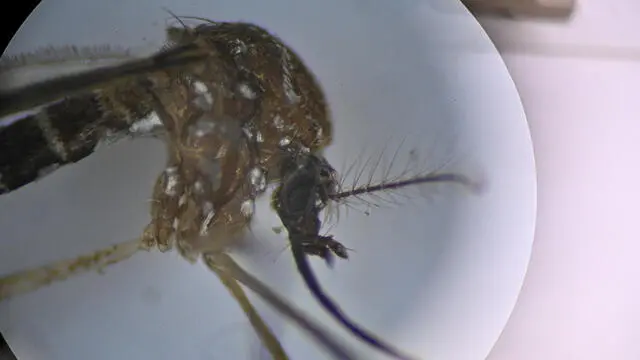In Brasile i primi due morti di febbre Oropuche al mondo

RIO DE JANEIRO, 25 LUG - Il Ministero della Salute brasiliano ha confermato due decessi dovuti alla febbre Oropouche, nello Stato di Bahia: si tratta dei primi registrati a livello mondiale. La febbre di Oropouche è un'infezione virale tropicale trasmessa da moscerini e zanzare e prende il nome dalla regione in cui è stata scoperta e isolata per la prima volta nel 1955, presso il laboratorio regionale di Trinidad, vicino al fiume Oropouche, a Trinidad e Tobago. "Fino ad oggi la letteratura scientifica mondiale non aveva riportato casi di decessi dovuti a questa malattia", si legge in una dichiarazione rilasciata dal Ministero, come riporta Cnn Brasile. Secondo la Segreteria della salute dello stato di Bahia, il primo morto è stato registrato il 17 giugno. Il paziente aveva 24 anni, viveva a Valença ed è morto a marzo. Lunedì scorso è stato registrato il secondo decesso, di una donna, riporta Agenzia Brasil. Il segretariato di Bahia riferisce che i pazienti deceduti a causa della febbre Oropuche avevano sintomi come febbre, mal di testa, dolore retro-orbitale (nella parte più profonda dell'occhio), mialgia (dolore muscolare), nausea, vomito, diarrea, dolore agli arti inferiori e debolezza. Entrambe si sono evolute con segni più gravi come: macchie rosse e viola sul corpo, sanguinamento, sonnolenza e vomito con ipotensione, gravi emorragie e un brusco calo dell'emoglobina e delle piastrine nel sangue.
Riproduzione riservata © Giornale di Brescia
Iscriviti al canale WhatsApp del GdB e resta aggiornato
